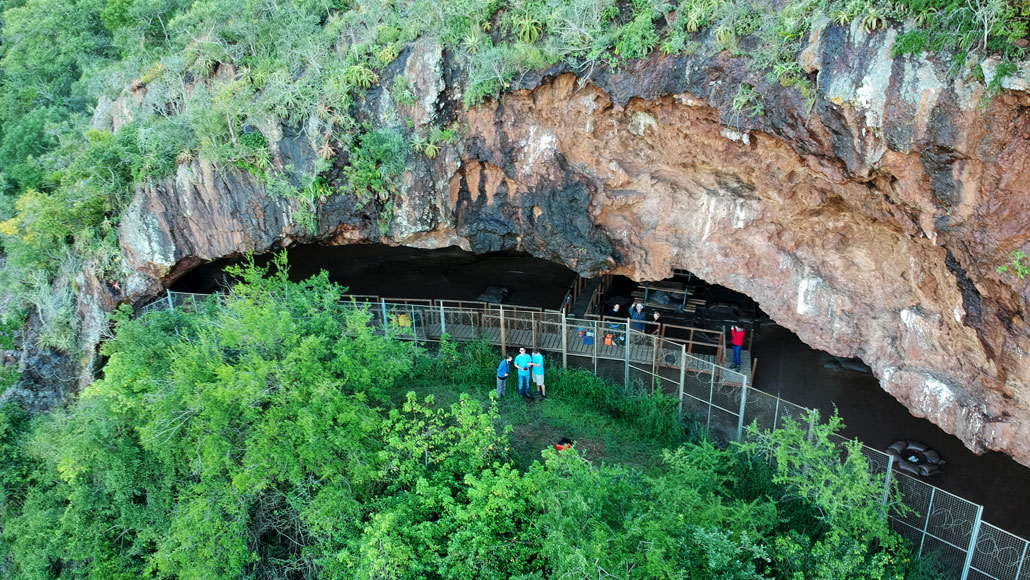The oldest known grass beds from 200,000 years ago included insect repellents
The ancient bed remnants include fossilized grass, bug-repelling ash and aromatic leaves

South Africa’s Border Cave, shown here at its entrance, contains bits and pieces of the oldest known grass bedding, dating to around 200,000 years ago, researchers say.
A. Kruger